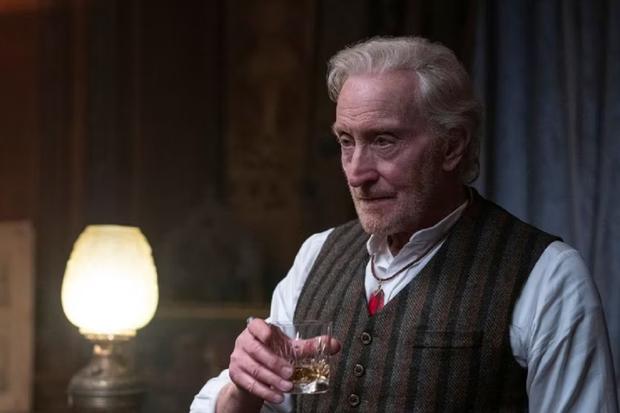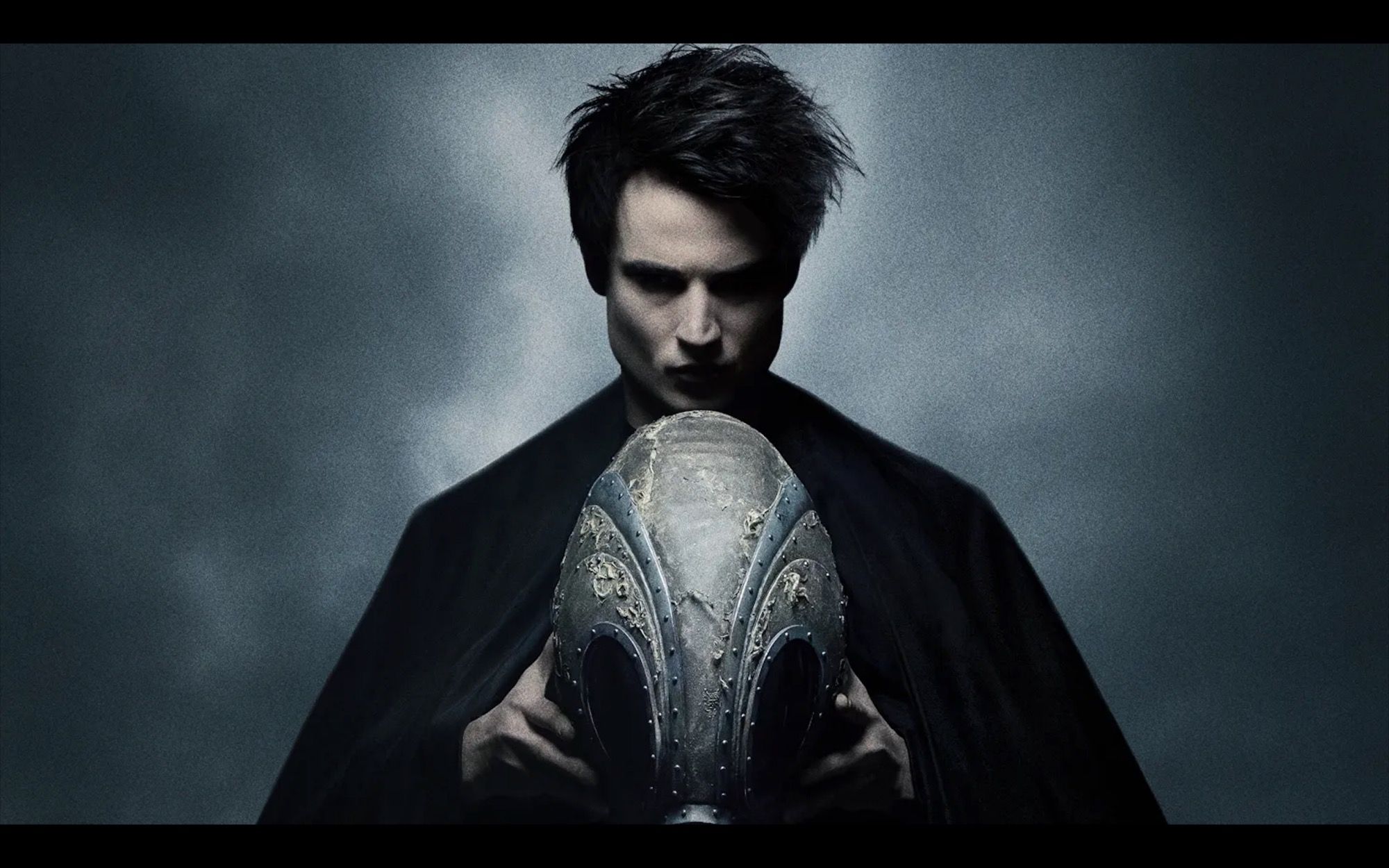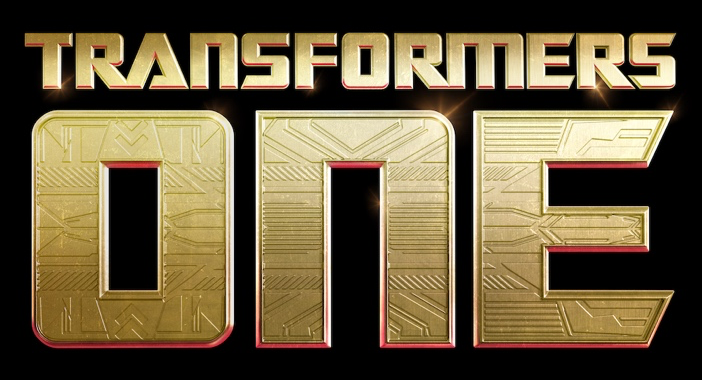
TV REVIEW: The Sandman S1E1: “Sleep of the Just”
I admit to at first feeling some trepidation when I heard that Sandman was being adapted into a Netflix show. Netflix’s recent track record has been somewhat spotty, despite some good recent content including The Witcher. I’m also a fan of the Sandman comic since “Brief Lives” originally hit the stands. Because of that, it’s a book I have great fondness for and only want to see on screen if it’s done well. At the same time, when Netflix is good, they will often deliver gold. Moreover, Neil Gaiman taking a direct hand in the production of the show is reassuring. Not only is Gaiman a top-class writer who cares about the artistic integrity of his work, but he’s also been successful in adapting his own TV projects. American Gods and Good Omens both did an excellent job in preserving Gaiman’s vision on the small screen. So even though Sandman is a very large undertaking, given the complexity in reducing a 75-issue comic series to a TV series, there was enough reason for optimism.
“Sleep of the Just” rewards that optimism, and it is a good introduction to the Sandman mythos regardless of your familiarity with the series. I will say in fairness that Preludes & Nocturnes was the volume I usually overlooked the most when reading Sandman as a comic, but that’s because Neil Gaiman’s writing grows by leaps and bounds and not because of any deficiencies in the original story. There was much of the mythos of the Dreaming and the Endless that had not been introduced in that comic, mainly because according to Gaiman, there was no expectation that the book would last longer than a year.
Revisiting “Sleep of the Just” now, in an adaptation like this, allows Gaiman and co-writers David S. Goyer and Allan Heinberg room to tweak the narrative in ways that can take advantage of Gaiman’s deep and sprawling mythos. The introduction to the Dreaming, as shown in this episode, gives a good breakdown of Morpheus and the Dreaming in ways that reward comic book fans while not alienating people who haven’t read the series. Just seeing Dream’s Castle, the castle wyverns, and even outlying areas like Fiddler’s Green, captures the depth of Gaiman’s setting without requiring you to know anything about those things. At the same time, it’s not fluff that’s presented simply to show off the show’s CGI budget and it has a narrative purpose; we need to see the Dreaming as it was under Morpheus’s rule, so that the desolation of the Dreaming becomes all the more real to the viewer.

And this is where The Sandman succeeds as an adaptation, for all the narrative changes that it makes or the casting changes that veer away from the comics. By and large, this story is extremely faithful to the comics, and Gaiman has done his due diligence in preserving the integrity of his work on screen. Morpheus himself is comics accurate to a frightening degree, and the TV version captures the character that Gaiman created extremely well. Roderick Burgess and the Corinthian are likewise extremely similar to their comics counterparts. The core story of “Sleep of the Just” is completely intact as well. But where the show departs from the comics, there is usually a good narrative reason for it. Morpheus is weakened in a much different way than he was in Sandman: Overture, for instance, but that’s a complicated story that doesn’t need to be included here. But the way Morpheus is summoned in the show makes sense given the reasons presented in the script. Likewise, the Corinthian was never involved with Morpheus’s confinement at all in the comic; we never see him until “A Doll’s House” at all. At the same time, it’s completely justified that Corinthian would want to make sure that his creator is trapped for as long as possible. These are small variations, and those variations grow in later episodes, but everything works in the context of the show’s narrative and there are no major canonical breaches here. That’s a difficult line to walk, to honor the comic while making necessary changes for the adaptation, but this show gives a good example of how it should be done.
The casting of Sandman is an area where I have some mixed feelings about as a fan of the original comic. Some characters are so well cast that they reach the “walked off the pages of the comic” levels of accuracy. Tom Sturridge is an outstanding Morpheus, capturing the grim and brooding persona to near perfection. His Dream voice also sounds much like you’d expect him to sound in the comics. Some moments are so well shot that Sturridge comes across as the Morpheus that Sam Kieth drew in “Preludes and Nocturnes”. When he sits in the glass, or when Morpheus takes his vengeance on Alex Burgess, you can see Gaiman’s version of Dream in Sturridge’s performance. Charles Dance is an actor that I greatly respect, as his Tywin Lannister is easily one of my favorite characters on Game of Thrones, and he brings that same intensity to Roderick Burgess. Dance has a knack for playing villainous authoritarian father figures, and his natural charisma allows him to dominate every scene he’s in. I’m unfamiliar with Boyd Holbrook, but he grasps the creepy charm of The Corinthian; Corinthian is one of the most interesting antagonists in the series, but Holbrook is another choice that is consistent with the character in the book, and I was very pleased to see him handled well. I was baffled by the decision to change the character of Lucien as much as they did in this show, as it doesn’t add anything to the character, but the change doesn’t really affect much narratively and the actress gets Lucien’s personality down extremely well. Vivienne Acheampong effectively captures the dignified poise and the stuffiness of Dream’s librarian and most loyal servant; she is a good foil to Sturridge’s Morpheus and they have a good dynamic together. The core cast of the series is quite strong, and where they adhere to the comics, the show is exceptional in a way that I rarely see in comic book adaptations now. Even when the show makes changes, those changes are usually either justifiable or not too difficult to overlook, whether narratively or based in the strength of the performances.

If you want a completely comics-accurate adaptation of Sandman, you’re best off listening to the Sandman audiobooks, which offer a stellar cast playing the original narrative from the comics. You won’t get that from the Netflix series, but you will get a very large degree of fidelity to Neil Gaiman’s characters, world, and storyline here if not perfection. At the same time, this show mostly makes departures that I can live with, with actors who do justice to their roles and narrative decisions that add value to the adaptation. Gaiman, Goyer, and Heinberg are all creators with a strong background in comics and in comic book adaptations, and they’ve presented the start of a very promising show here. This is a show that brings Neil Gaiman’s dreams to life, even if in a different way than I might have expected, and that’s a good enough place to start.
Score: 4.5/5
Writers: Neil Gaiman, David S. Goyer, and Allan Heinberg
Director: Mike Barker
Cast: Tom Sturridge, Boyd Holbrook, Vivienne Acheampong, Charles Dance, Niamh Walsh, Laurie Kynaston, Benjamin Evan Ainsworth, Benedick Blythe, Bill Paterson
Author Profile
- Steve Sellers had been a fan of superheroes ever since Superman: The Movie. But it took the JSA, the Legion of Super-Heroes, Dragonlance, Lord of the Rings, Twilight Zone, and Chris Claremont's legendary run on the X-Men to make him a writer and a longtime fan of comics, fantasy, and science fiction. Steve is the co-creator of WHITE DRUID & MICHAEL NERO and GUARDIANS OF ELAYIM for Omen Comics, and he is also the creator of BLITZ and SHOCKWAVE for Revelation Comics (an imprint of Omen Comics).









